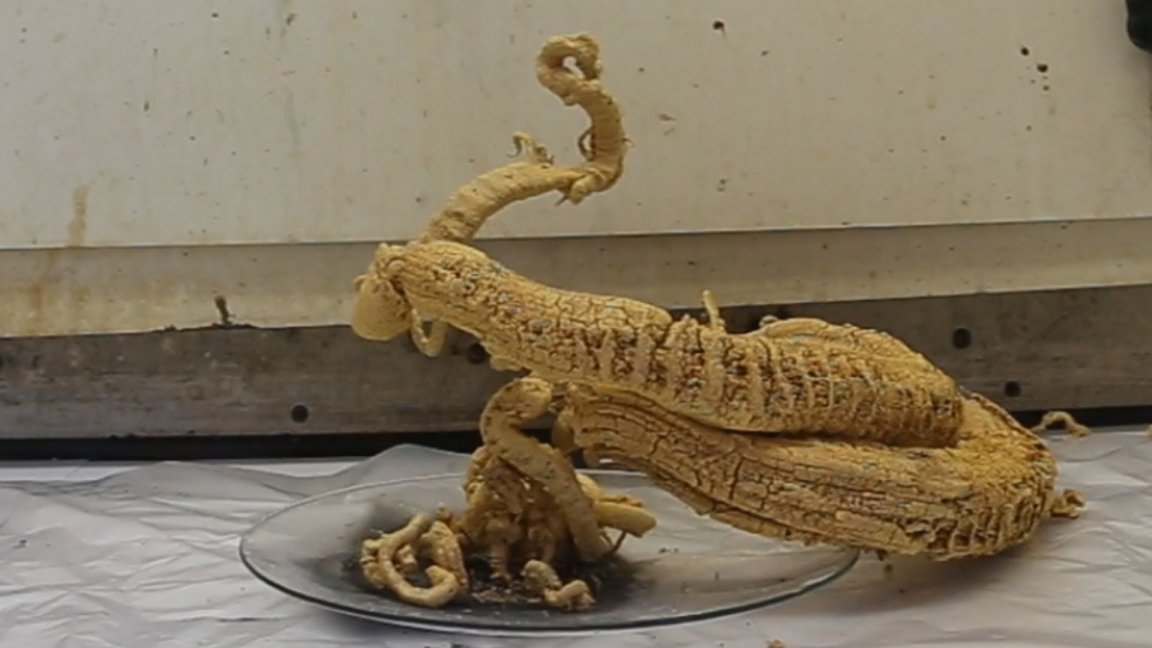
October is the month of monsters. Some of us are partial to zombies, others prefer vampires, or even Frankenstein’s monster. As for myself, regardless of the season, I rather prefer monstrous snakes of coiling chemicals.
At first glance, this fiery tan blob may not look too threatening; however, in all likeliness, it’s quite a bit more dangerous than most of the monsters that you’ve heard of. For starters, the threat that is associated with this circling mass is actually real because (unlike zombies or what have you) this structure is actually real. It isn’t created by an overactive imagination.
It physically exists. And it is deadly.

This beast is Mercury(II) thiocyanate – or Hg(SCN)2
It’s an inorganic chemical compound that, at first glance, looks like a simple bit of white powder; however, it has an amazing reaction to flame. As you can see in the video below, when ignited, mercury thiocyanate grows into an enormous column of ash.
It is an exothermic reaction that was first discovered by a German chemist, Friedrich Wöhler, in 1821. If you aren’t aware, an exothermic process is one that releases heat. As a result, it causes the temperature in the immediate surroundings to go up. On the other hand, an endothermic process is one that absorbs heat and cools the surrounding area.
Ultimately, this is a simple process which only really involves putting substance to flame. As such, for years after its discovery, individuals (including children) would play with this material – watch it turn from a bit of dust on the floor into the massive structure you see in the image above and the video below. These experiments, as it turns out, were a rather poor choice, especially as a child’s plaything. That’s because this material is highly toxic (both the powder, ash, and smoke).
Of course, we didn’t know that then, but we do now.
To that end, when working with this material, protective measures must be taken. This includes goggles, a lab coat, gloves, a fume hood, and someone familiar with the safety measures needed in order to work with toxic chemicals.
To see the reaction for yourself from the safety of your own screen, watch the video below.

That said, if you do a search on YouTube or Google, you can find tutorials on how to conduct this experiment yourself. In fact, there is a tutorial that is linked in the video itself.
And while I’d never discourage someone from trying a science experiment, there is such a thing as “acceptable risk.” Please be sure to do all the necessary research in order to conduct this experiment safely.